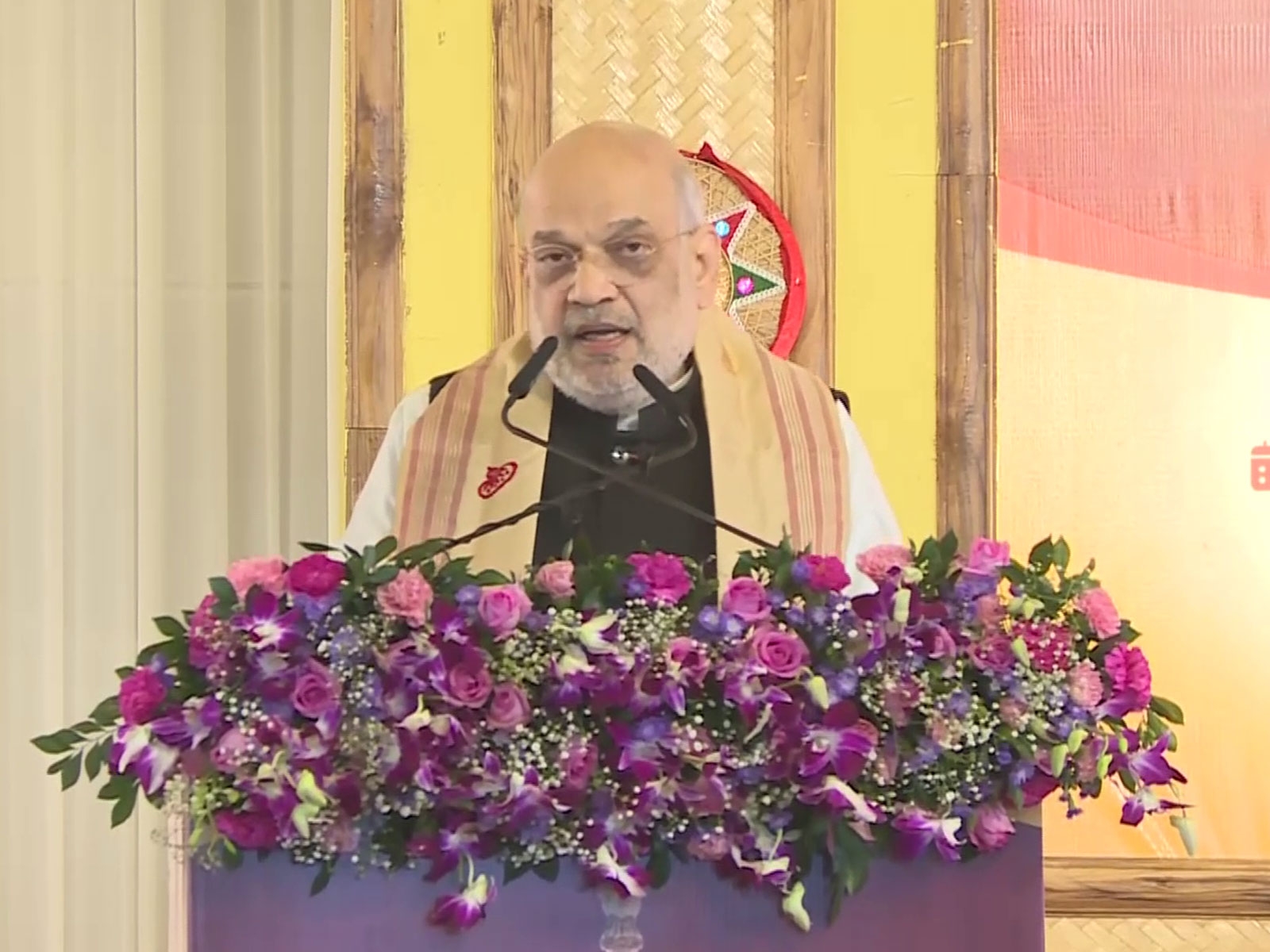Govt fines RIL Rs 2500 crore for not meeting KG basin production targets

The government of India has slapped an additional penalty of $380 million (around Rs 2,500 crore) on RIL and its partners for producing less than the targeted natural gas from the KG-D6 fields for 2014-15.
This is the fifth penalty in as many years that the government has imposed on the operators of the KG Basin gas field, in form of disallowing recovery of cost incurred, for missing the production target since since April 2010. The accumulated penalty now stands at a $2.76 billion.
Before this, the government had disallowed cost recovery of $47 million for 2010-11, $548 million for 2011-12, $792 million for 2012-13 and $578 million for 2013-14.
The Production Sharing Contract allows RIL and its partners BP PLC of UK and Canada's Niko Resources to deduct all capital and operating expenses from the sale of gas before sharing profit with the government.
However due to an ongoing dispute between the government and the operators of KG Basin, the former has been imposing penalties on the latter.
Reliance Industries has disputed all the previous penalties and has initiated an arbitration against the government.
The KG-D6 fields started production in April 2009. The current production of around 8 million metric standard cubic metres per day (mmscmd) is almost one-tenth of the envisaged target of 80 mmscmd by 2012.
According to the government, the operator has not been able to meet its production targets due to its reluctance to dig the required number of wells in the gas field.
The background
Everything appeared to be going well in the KG basin until 2011 when the Comptroller and Auditor General (CAG) in its report criticised Reliance Industries and the government over development of the country's key natural gas resource in the KG basin and called for revamping profit sharing arrangement from oil and gas blocks.
Under the Production Sharing Contract for KG basin, the contractors of the gas field were allowed to take out their capital expenditure from the revenue, before paying out the share of government profit.
The face-off: Did Reliance 'steal' gas from the State? What can ONGC do now?
The CAG, in its report, said that production-sharing contracts between the government and operators were designed to encourage increasing capital expenditure by private contractors, which reduces the government's share.
The report had said that Reliance was allowed to enter the second and third exploration phases of its blocks without giving up 25% of the contract area at the end of each phase, as required, by treating the entire area as a discovery area.
The KG basin was expected to contribute up to 25% of India's gas supplies, but lower than expected output has left India, which imports 80% of energy needs, dependent on imported LNG to fuel power and fertiliser plants.
After tabling of the CAG report in the Parliament, the then UPA government came under huge pressure to take some action against RIL for not meeting producing the projected amount of gas from the KG D6 field. Hence it started penalising the company on a yearly basis.
Other controversies around KG basin gas
In 2013, ONGC claimed that RIL had deliberately drilled wells close to its block and siphoned off a significant amount of gas.
When RIL paid no heed to the complaints, ONGC moved the Delhi High Court in May 2015.
In the court, RIL countered that ONGC's charges were baseless since it was technically not possible to draw gas out of an adjoining field.
It also claimed that it had extracted the gas as per the Field Development Plan approved by the Directorate General of Hydrocarbons, or DGH.
To resolve the matter, the Directorate General of Hydrocarbons, with the consent of both ONGC and RIL, appointed the US-based consultant DeGoyler and MacNaughton (D&M) to survey the fields in question and test the two companies' respective claims.
In its report, the US-based consultant D&M stated that as much as 11.122 billion cubic meters of natural gas, worth over Rs 11,000 crore, had migrated from Krishna Godavari fields of ONGC to adjoining KG-D6 block of RIL.
After submission of that report, The ministry of petroleum had constituted a one-man panel under Justice (Retd.) AP Shah to prepare a report based on the explanation of both warring parties in the case. The Shah panel was supposed to submit its report by the end of July 2016.
More in Catch:
ONGC strikes huge gas hydrate reserves. Is India's energy future secure? Nope
Essar tapes: the incriminating conversations and the bigwigs involved
First published: 19 August 2016, 12:38 IST






![BJP's Kapil Mishra recreates Shankar Mahadevan’s ‘Breathless’ song to highlight Delhi pollution [WATCH] BJP's Kapil Mishra recreates Shankar Mahadevan’s ‘Breathless’ song to highlight Delhi pollution [WATCH]](https://images.catchnews.com/upload/2022/11/03/kapil-mishra_240884_300x172.png)

![Anupam Kher shares pictures of his toned body on 67th birthday [MUST SEE] Anupam Kher shares pictures of his toned body on 67th birthday [MUST SEE]](https://images.catchnews.com/upload/2022/03/07/Anupam_kher_231145_300x172.jpg)






